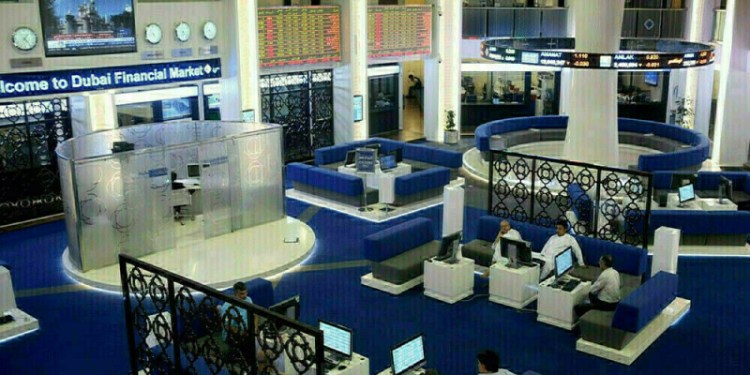Investing.com – Crude oil prices settled higher on Monday as investors continued to weigh data showing falling US rig counts despite rising US production while ongoing expectations for strong OPEC cuts added to sentiment.
On the New York Mercantile Exchange for February delivery rose 0.46% to settle at $61.73 a barrel, while on London’s Intercontinental Exchange, rose 0.25% to trade at $67.79 a barrel.
Oil prices held gains as data showing US oil rigs declined came against expectations for a rise in US crude production above an important 10 million barrels per day level as the recent surge in oil prices is expected to encourage US shale oil production.
The number of oil rigs operating in the U.S. fell by five to 742, according to data from energy services firm Baker Hughes.
US production is expected to soon rise above 10 million barrels per day after the EIA reported last week that oil production rose to 28,000 barrels a day to nearly 9.8 million barrels a day,
Rising US production has weighed on OPEC’s efforts to reduce supply amid the oil-cartel’s ongoing commitment to the global deal to curb output in order to rein in global supplies to the five–year average.
OPEC production rose to 32.40 million bpd in December, representing a 50,000 bpd increase from November’s six-month low, but still below the ceiling of 32.74 million bpd, an S&P Global Platts survey showed Monday. OPEC in November agreed to extend 1.2 million bpd output cuts through 2018 to rid the market of excess supplies.
The data comes a day ahead of American Petroleum Institute weekly inventory report expected Tuesday, while the US Energy Information Administration issues its supply totals Wednesday at 10:30 a.m. ET.
Fusion Media or anyone involved with Fusion Media will not accept any liability for loss or damage as a result of reliance on the information including data, quotes, charts and buy/sell signals contained within this website. Please be fully informed regarding the risks and costs associated with trading the financial markets, it is one of the riskiest investment forms possible.
Source: Investing.com



























